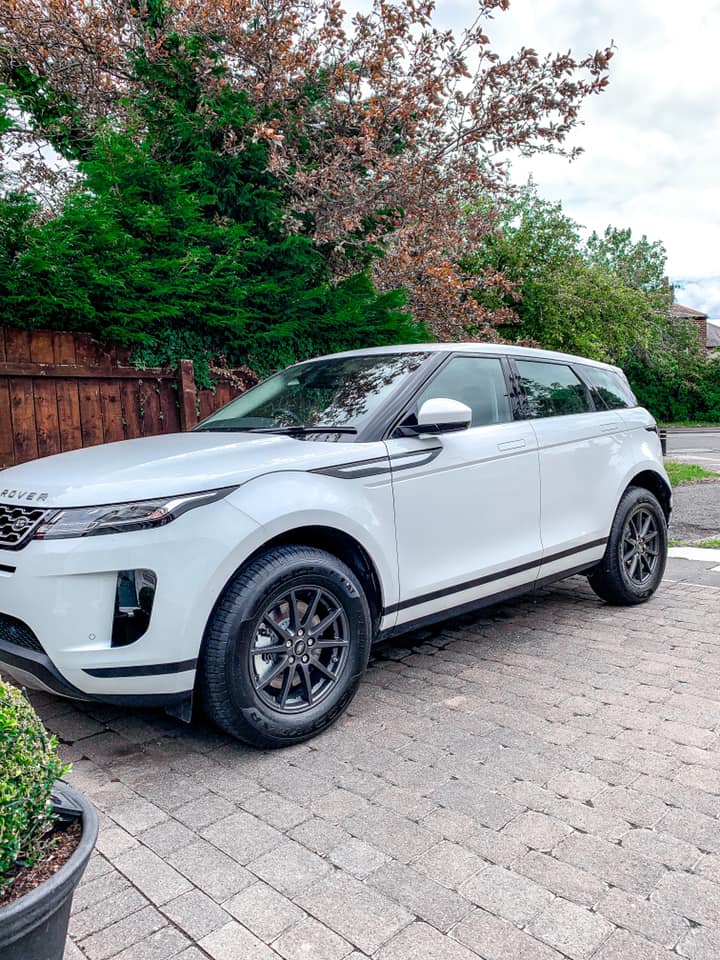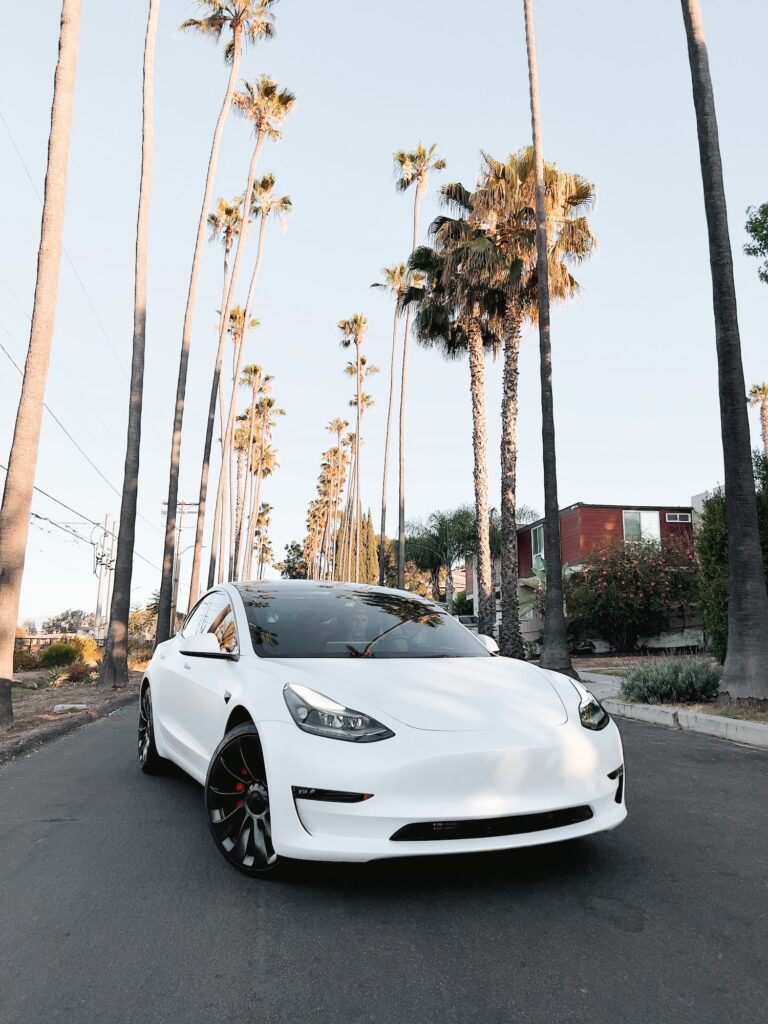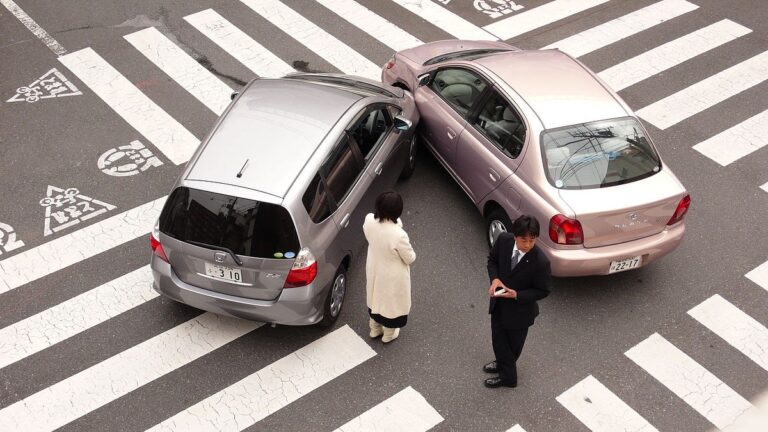The world of motoring is one which is filled with myths and this can make it challenging to discern what is true and what is not. People will often believe that they are told without doing the research themselves. And this can be dangerous when it comes to something as important as driving. With this in mind, here are a few of the biggest myths which aren’t true.
5 Crazy Common Driving Myths That Are False
Bigger is Safer
Many motorists will purchase a large vehicle like an SUV over a small city vehicle. Because they believe that they will be safer in a larger automobile. Whilst they certainly could be, this is not always the case and sometimes a smaller car will be safer as it is lower to the ground. It will come down to the automobile design. The safety technology and the type of collision that occurs.
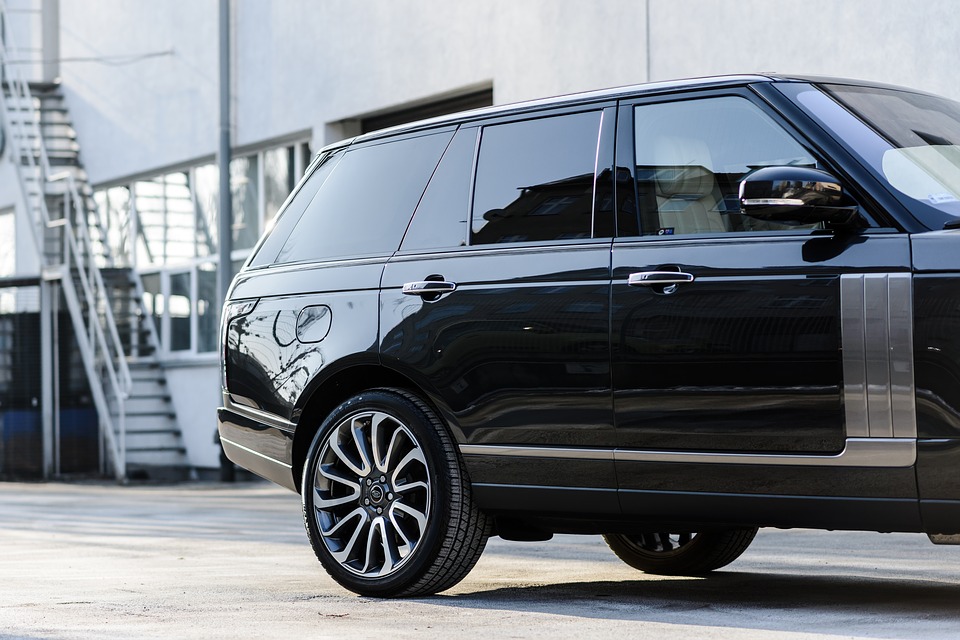
You Need to Change Oil Every 3,000 Miles
If you read most maintenance tips or speak to many motorists you will hear that you should change your oil every 3,000 miles. This used to be true in a time where oil did not last. But modern-day oil is made to last considerably longer and many modern cars can last up to 10,000 miles without it being changed. There is no harm in changing it every 3,000 miles. It is simply not a necessity.
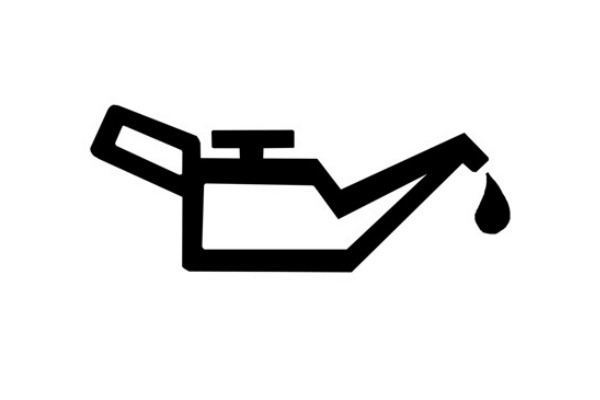
Seatbelts & Airbags do More Damage than Good
This is a dangerous myth to spread because it could lead motorists to drive without a seatbelt. Seatbelts and airbags do not completely stop you from getting hurt all the time. But they certainly do not do more damage and could help to save your life. It is for this reason why you should make sure that everyone has their seatbelt plugged in before setting off.
You Should Buy New to Save Gas Money
Many motorists will believe that any new car will be more economical than an older automobile, but this is not always true. It is for this reason why you should always do your researching consider shopping in the used car market from places like Unbeatablecar.

Cars are Lightning Resistant
If you think yourself stuck in a thunderstorm, do not think that you will be safe in your vehicle because of the rubber tyres and the metal roof. While you could be safe inside, an open window or touching metal can be incredibly dangerous. Instead, head to the nearest petrol station or shop and wait inside until the storm passes.
There are many myths when it comes to motoring but the above are a few of the more prevalent ones. It is important to know what is true and what is not because many of these myths can be dangerous or costly.
Conclusion
Debunking common driving myths is crucial for ensuring both safety and efficiency on the road. As we’ve seen, misconceptions such as the belief that bigger vehicles are always safer or that new cars invariably offer better fuel economy can lead to costly and unsafe decisions. Understanding the truth behind these myths not only enhances your driving experience but also protects you and your passengers.
It’s essential to rely on verified information and updated automotive research rather than outdated advice or widespread beliefs. For instance, modern cars and oils are designed to go much longer than 3,000 miles before needing an oil change, and the safety benefits of seatbelts and airbags are well-documented and critical for preventing serious injuries in accidents. Furthermore, while cars provide some protection against lightning, they are not completely lightning-proof, and knowing the correct safety protocol during a thunderstorm is vital.
By challenging these myths and replacing misinformation with facts, drivers can make more informed choices about vehicle safety, maintenance, and fuel efficiency. Always ensure that you consult your vehicle’s manual or a trusted mechanic for the most accurate and relevant information pertaining to your car. In doing so, you’ll not only save money but also improve your overall safety on the road. Let’s drive smart, debunk myths, and embrace the facts for a safer journey every time.
